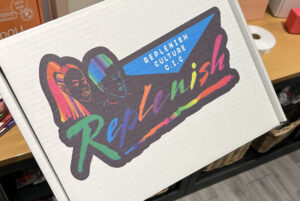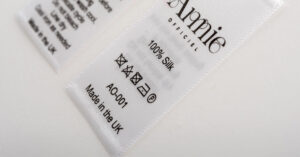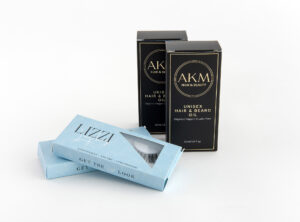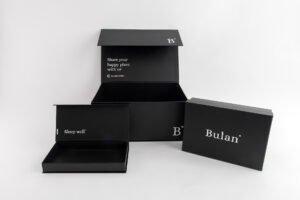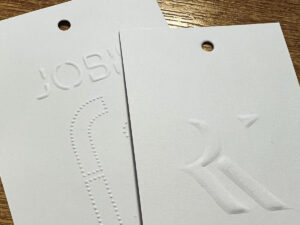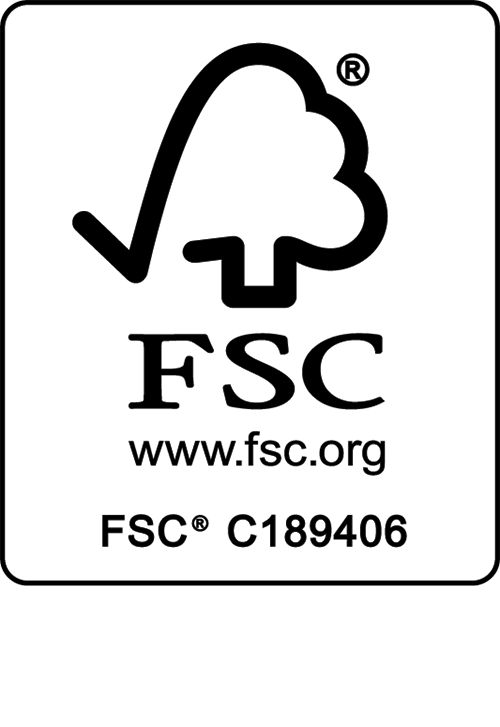Every sector should be doing its bit to reduce waste – but as the fashion industry is one of the highest contributors in terms of both pollution and landfill, brands in this space need to work extra hard to reach their ESG targets.
In a bid to encourage businesses to take accountability for their carbon footprint – and ensure the manufacturing process is as transparent as possible across the whole supply chain – the EU has been introducing a range of legislation in the last couple of years. One piece that stands out in particular is the Ecodesign for Sustainable Products Regulation (ESPR).
Amongst other things, the framework set by the ESPR will require companies to collect and share data regarding their products’ lifecycles in the form of Digital Product Passports.
Digital Product Passports can, and will, contain the following information:
- Product ID
- Manufacturer ID and location
- Batch numbers
- Reference numbers
- Date of manufacture
- Weight/volume
- Instructions, storage and disposal information
- The type and origin of the raw materials used, including whether any of these materials have been reused or recycled
- The sustainability of the manufacturing process, including the energy consumption and CO2 emissions associated with the creation of the item
- Whether any repairs have been carried out to the product, and if so, the details of each one
- Warranty and insurance information
- Details of past and present owners
This list is by no means exhaustive, though. We’re sure more data types will be added to the Digital Product Passport as the technology evolves.
The idea is, whoever comes into possession of the product will be able to find everything they need to know about that item in one place. Having accurate data on tap will help them make more informed purchasing decisions and look after the product in the long term. Plus, regulators and industry bodies can better monitor the creation and distribution of regulated or restricted products, as well as the impact the manufacturing of these products is having on the environment. In a nutshell, customers will feel more empowered, and brands won’t be able to get away with greenwashing and making unsubstantiated sustainability claims any longer!
How to incorporate Digital Product Passports into your wash care labels
There’s a simple way to make sure you’re giving your customers access to each product’s Digital Product Passport. Just add a QR code or barcode to every product’s wash care label or swing tag. Once they’ve scanned the code with their smartphone, buyers will be able to read up on their item’s history in a matter of seconds.
There’s no need to adjust the way you manufacture labels just yet, however. Digital Product Passports are expected to be introduced for different product categories between 2026 and 2030, and batteries will be the first product type that will be legally required to comply, with clothing expected to be next in line. But it’s worth bearing these upcoming changes in mind, as you will likely need to adjust your garment label designs as part of your strategy in the next few years.
The team here at Hallmark Labels are keeping a close eye on the regulatory changes. We will always make sure our clients are aware of their obligations!

